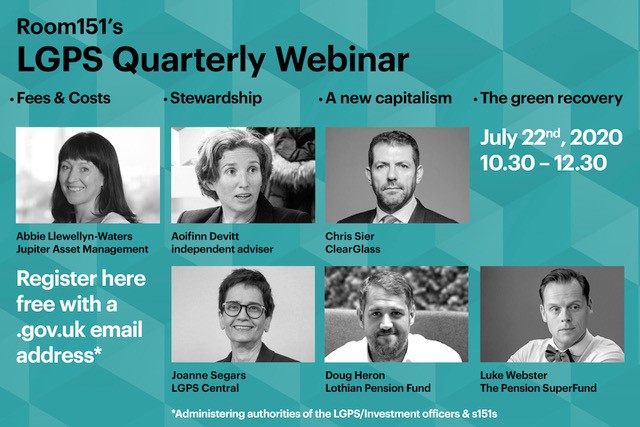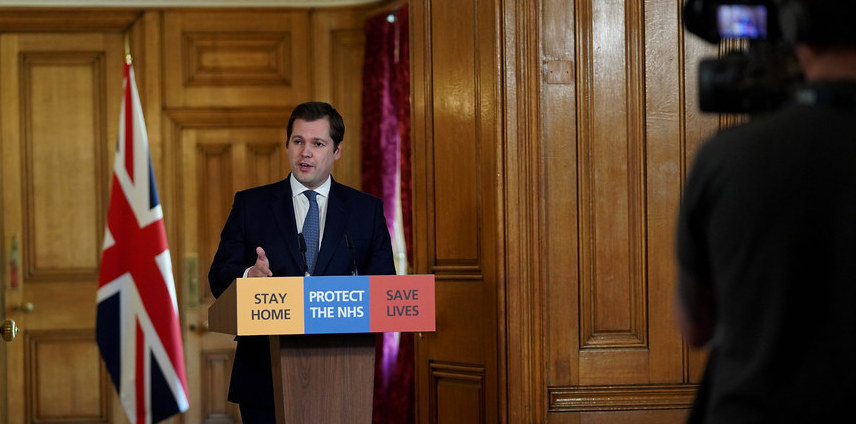
A study by the Institute for Fiscal Studies shows councils suffering in diverse ways as a result of Covid-19. Kate Ogden explores the detail
The coronavirus crisis has been a perfect storm for council finances, increasing costs and demands for some of their services, at the same time as revenues have been hit by the economic effects of lockdown and social distancing. The LGA have estimated councils will face cost pressures of £3.6bn in 2020-21, with adult social care accounting for 40% of these, and income losses of £5.5bn.
But just as individuals are vulnerable to the Covid-19 crisis in different ways—whether directly through the impacts on their health, or indirectly through impacts on their livelihoods—councils vary in how vulnerable they are to different dimensions of the crisis, and in their ability to cope with these financial pressures.
We have built an interactive dashboard which brings together a range of risk indicators for all 339 English councils to illustrate the different challenges specific councils may face. Users can select up to three authorities to compare side-by-side, and can also see how each LA compares to other councils of the same type, and to all other councils, on each dimension.
We don’t provide an overall “risk rating” for each council or a single ranking, as we don’t yet know the most important factors in determining which councils are worst hit overall, and we can’t account for all the factors affecting each council’s risks. Nonetheless, some clear patterns emerge.

Variations
First, councils in more affluent areas seem subject to more income risk. They are more dependent on council tax revenues, and a higher share of their council taxpayers work in the sectors most affected by the coronavirus lockdown (such as non-food retail, hospitality and transport).
This may mean they see more payments fail in the short-term, and greater losses from residents becoming newly eligible for local council tax support. But it’s more deprived councils whose residents look more vulnerable to the stresses of illness, lockdown and job losses.
They have higher rates of mental ill health, homelessness and overcrowding, and more interventions from children’s social services. The evidence so far suggests these LAs are more likely to see increased demand for council services over the longer-term, as the crisis makes things harder for families that were already struggling.
Second, there are also big differences in how reliant councils are on sales, fees and charges (SFCs). Fees for parking, cultural and leisure services, planning and trade waste schemes, are all likely to have been depressed by the lockdown.
In general, these are more important for shire district councils, making up 29% of their budgets on average, and for councils in London and the south of England.
This conceals even greater differences between neighbouring councils, such as Tandridge in Surrey (7%) and fellow commuter area Reigate & Banstead (88%).
Dependence on income from commercial activities looks similarly concentrated, although how exposed this income is will depend on a council’s portfolio and strategies for managing risk.
And third, councils vary significantly in their level of financial resilience. Forty LAs had unallocated and earmarked reserves of less than 20% of their annual budgets going into the crisis, and some of this will not be deployable to meet immediate financial pressures.
On the other hand, shire districts had average financial reserves totalling 110% of their annual budgets pre-Covid, which should leave them better placed to manage a temporary decline in revenues.
A few LAs look to have both low reserves and high exposure to risk; three LAs (all shire districts) are among the bottom 30% of LAs for reserves, but also among the 30% most reliant on the selected SFCs and above-safety-net business rates revenues.
The government hasn’t stood idly by in the face of these real pressures and risks. Following a further £500 million announced earlier this month, £3.7bn in additional general-purpose funding is being provided to councils.
Along with other specific funds for council tax support, homelessness, care homes and reopening high streets, this will likely address much of the immediate cost pressure councils are reporting.

Tricky questions
Until recently much less had been done to address issues on the income side of the budget. Lost income from sales, fees and charges (SFCs) will immediately have impacted LAs’ revenue accounts, with the LGA estimating losses in 2020-21 of £1.8 billion.
Much of these will relate to activity—leisure centre visits, car parking tickets and trade waste collections—that never took place, making this lost income harder to recoup.
In recognition of this, the government recently announced a scheme to compensate councils for 75p in every pound of lost SFCs income, after the first 5%. This will protect against the worst losses while still incentivising councils to sustain income levels where they can.
Several tricky questions remain, not least how MHCLG will determine the baseline for SFCs income when only estimates of net revenue expenditure are collected in authorities’ usual budget returns.
Councils that have instead set up trading companies to deliver services may find their losses appear elsewhere in their accounts, leaving them outside the new compensation scheme.
How the government approaches commercial income losses, which the LGA estimate at £0.6bn in 2020-21, will be crucial for the group of authorities with significant commercial activities and property holdings.
Future shocks
Accounting arrangements mean the full impact of lost council tax and business rates revenues will not be felt this year, and councils will now have three years (instead of the usual one) to address any deficits on collections.
This has allowed the government to delay a decision on how any losses which are not recovered will be apportioned between central and local government until the spending review, now confirmed for the autumn.
How they decide to share these losses will be important for ensuring fairness across the sector, especially for those councils that have historically kept fees and charges lower and relied more on local taxes.
Revenues in future years may also be depressed, depending on how quickly the retail and hospitality sectors bounce back and as expanded rates reliefs for these sectors are wound up and councils have to start trying to collect rates from them again.
Any longer-term changes to shopping and travel patterns will need to be recognised when government reassesses how much rates revenue each LA can raise in the business rates re-set, now expected in 2022.
In the meantime, we’ll be looking to improve our dashboard over the coming months, as we start to understand better which risks have materialised and how LAs are handling these pressures. And there’ll be more to say when outturns start to reflect the period since March, and as the frequency and effects of any “local lockdowns” become clear.
What we do know is that the impact on council finances will be felt for many years to come, with many of the key decisions for the long-term yet to be made.
Kate Ogden is a research economist at the Institute for Fiscal Studies. Her full report, ‘The financial risk and resilience of English local authorities in the coronavirus crisis’, co-authored with her colleague David Phillips can be found at here.
FREE monthly and weekly newsletters
Subscribe to Room151 Newsletters
Monthly Online Treasury Briefing
Sign up here with a .gov.uk email address
Room151 Webinars
Visit the Room151 channel













